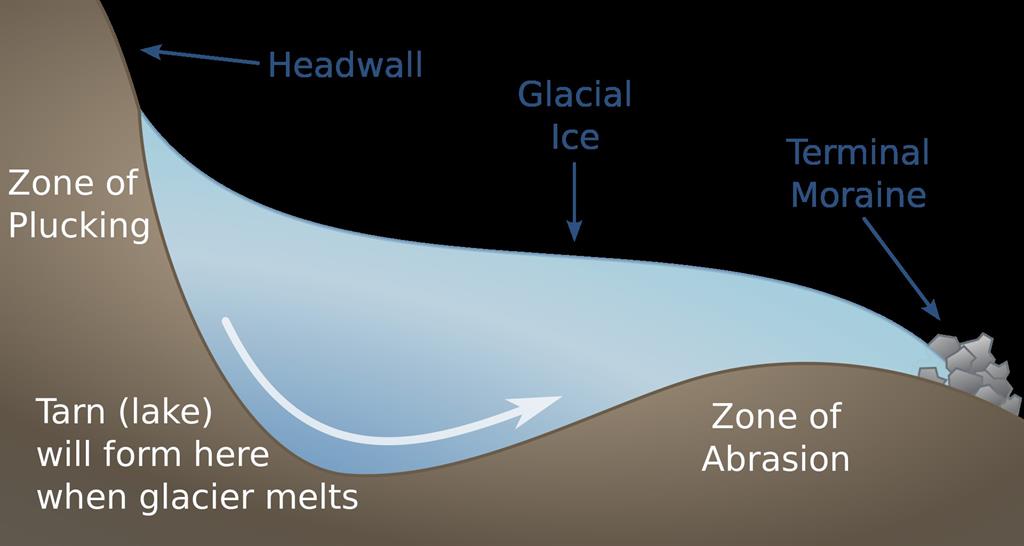What in TARNation?
2021-12-01 16:29:25.000 – Jackie Bellefontaine, Weather Observer & Education Specialist
 Cirque glaciers erode and deepen the hollows by subglacial plucking and abrasion.
Cirque glaciers erode and deepen the hollows by subglacial plucking and abrasion. (source: Wikipedia)
 Lakes of the Clouds (tarn) on the south side of Mt Washington
Lakes of the Clouds (tarn) on the south side of Mt Washington
Jackie Bellefontaine, Weather Observer & Education Specialist
Team Flags Return for Seek the Peak’s 25th Anniversary
Team Flags Return for Seek the Peak's 25th Anniversary By MWOBS Staff Mount Washington Observatory is looking forward to continuing a much-loved tradition for Seek the Peak’s 25th Anniversary: Team flags. In inviting teams
Meet Summer Interns Zakiya, Max and Maddie
Meet Summer Interns Zakiya, Max and Maddie By MWOBS Staff We are excited to welcome six teammates to the summit of Mount Washington this summer! During their internship, these students and graduates will play
Saying Goodbye to the Summit
Saying Goodbye to the Summit By Alexis George After an extraordinary last three years working as a Weather Observer and Meteorologist, I am excited to pursue a different career. As sad I as am




